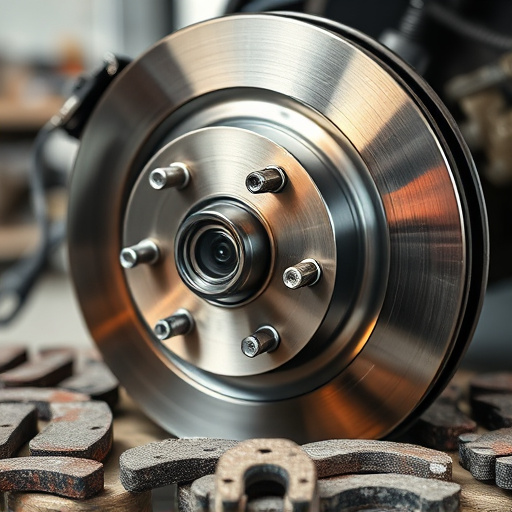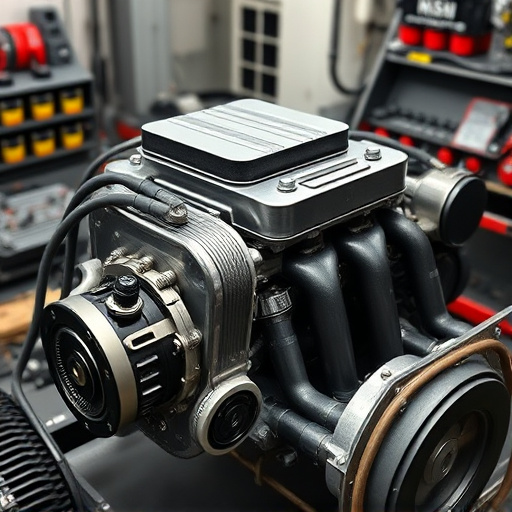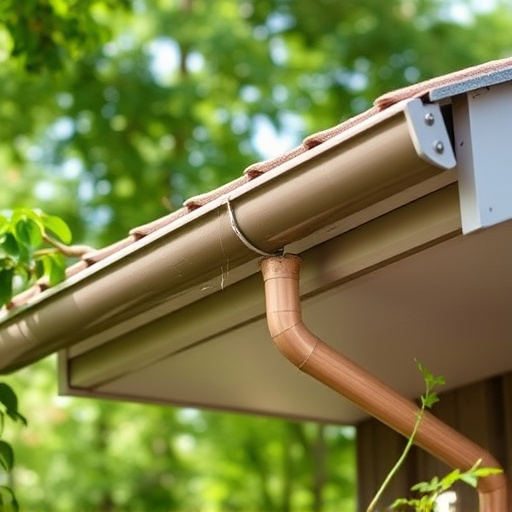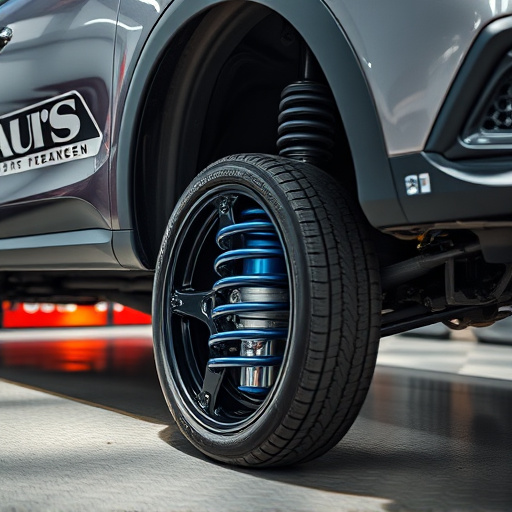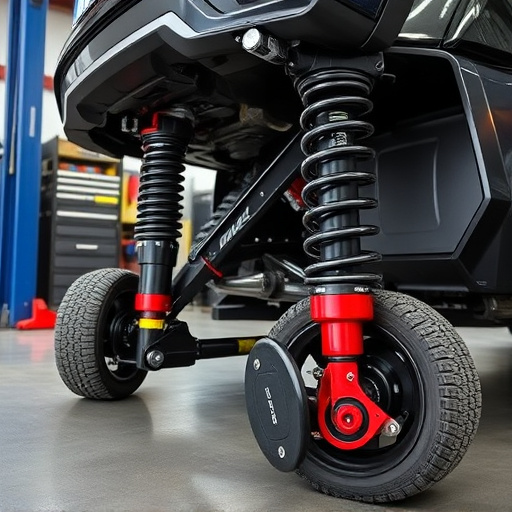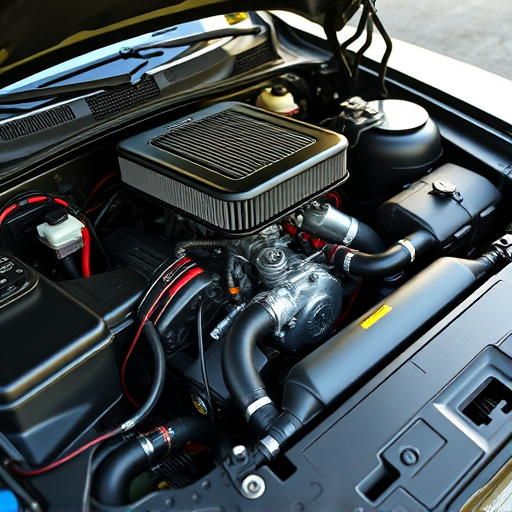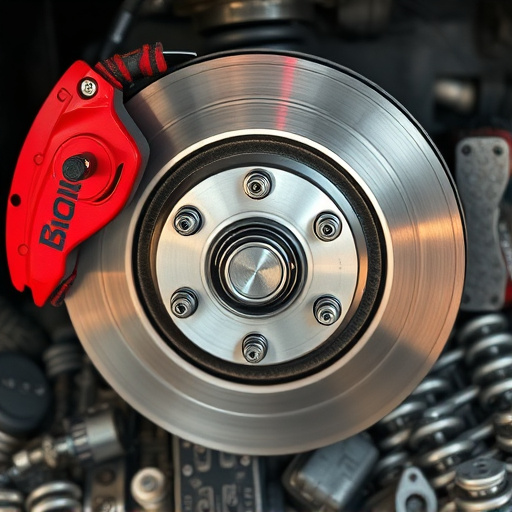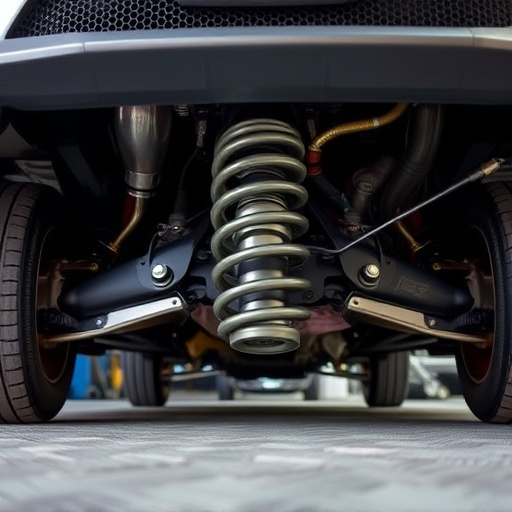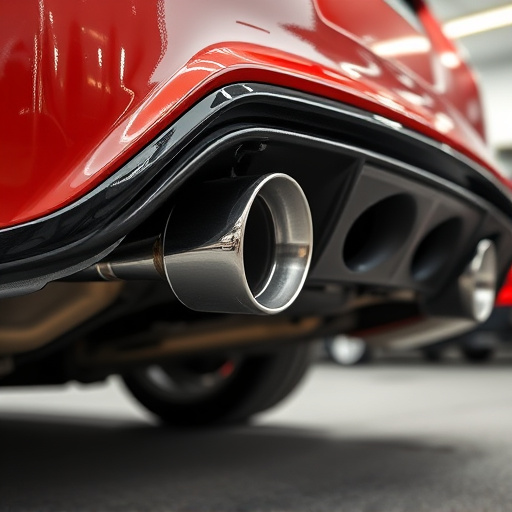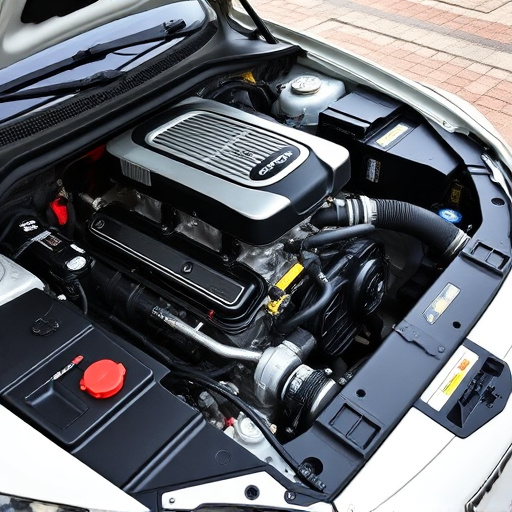The turbo wastegate, a vital component in turbocharged vehicles, controls exhaust gas flow for optimal engine performance. Improper installation or low-quality control can lead to issues, impacting engine performance and causing damage. Regular maintenance is crucial. Upgrading this part enhances engine response, boosting power and efficiency, especially when combined with other optimizations like cat back exhaust systems and performance air filters.
“Unleash the power of your turbocharged engine with a deeper dive into the vital component, the turbo wastegate. This essential system plays a crucial role in performance applications, regulating exhaust gas flow for optimal efficiency. In this article, we explore the inner workings of the turbo wastegate, uncover common issues plaguing its functionality, and reveal how upgrades can boost your vehicle’s performance. From understanding fundamental principles to optimizing for maximum output, discover the key to harnessing more power from your turbocharged motor.”
- Understanding the Turbo Wastegate System
- Common Issues and Troubleshooting
- Optimizing Performance with Wastegate Upgrades
Understanding the Turbo Wastegate System
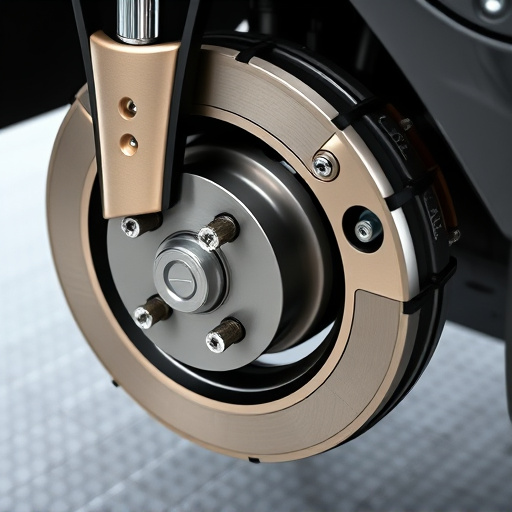
The turbo wastegate system is a critical component in turbocharged vehicles, playing a pivotal role in engine performance and efficiency. It acts as a valve that controls the flow of exhaust gases from the turbine to the manifold, enabling precise regulation of turbocharger spool speed. This mechanism ensures optimal power delivery by allowing for quick response times and efficient load management. By bypassing a portion of the exhaust gas, the wastegate reduces backpressure, enhancing engine breathing and overall performance, especially during rapid acceleration or high-load conditions.
In performance applications, where fine-tuning is essential, the turbo wastegate becomes a key tunable parameter. Adjusting its settings can significantly impact the vehicle’s response, throttle feel, and power output. Modern turbocharged cars often feature electronic wastegate controls, allowing for precise tuning of suspension components, air intake systems, and brake pads to match desired performance characteristics. This level of customization ensures that the engine operates within an optimized range, maximizing both power and efficiency.
Common Issues and Troubleshooting
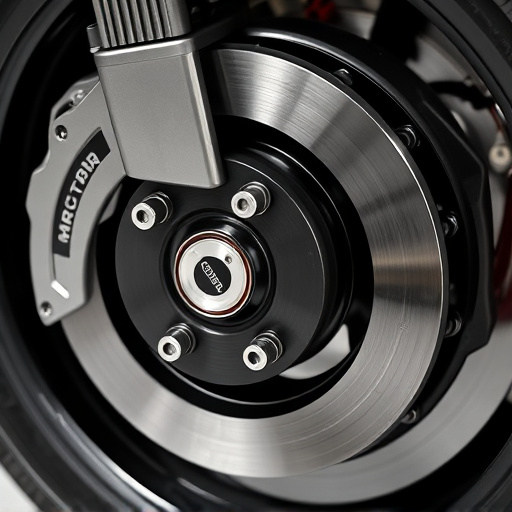
Many issues with turbo wastegates stem from improper installation or subpar quality control. Over time, a faulty wastegate can cause significant problems within the turbocharged system. One of the primary indicators is unusual noise coming from the engine bay—a clear sign that the wastegate isn’t functioning correctly. This could lead to reduced engine performance and even potential damage to other components like brake rotors and suspension parts if left unaddressed.
Troubleshooting should begin with a thorough inspection, checking for any signs of wear or damage. Regular maintenance is key; replacing worn-out seals and gaskets can prevent more complex issues related to turbo wastegate malfunction. It’s also crucial to ensure that all brake components and suspension parts are in good condition, as these systems interact closely with the wastegate during engine operation.
Optimizing Performance with Wastegate Upgrades

In the realm of turbocharged performance applications, optimizing every component is key to unlocking maximum power and efficiency. One often-overlooked area that can significantly impact overall performance is the turbo wastegate. Upgrading this vital part can lead to remarkable improvements in engine response and boost levels. By enabling more efficient gas exchange, a high-performance wastegate allows for better air flow into the combustion chamber, resulting in increased horsepower and torque.
Furthermore, integrating enhancements like cat back exhaust systems or performance air filters alongside a refined wastegate can create a synergistic effect. These modifications work together to improve airflow, reduce backpressure, and enhance overall engine management. For instance, a cold air intake system supplies cooler, denser air to the turbo, boosting compression ratios and further maximizing the potential of an upgraded wastegate. Such combinations are not merely about increasing speed; they represent a holistic approach to transforming the driving experience, offering both enhanced performance and improved fuel efficiency in today’s digital era.
The turbo wastegate is an integral component in turbocharged performance applications, playing a key role in optimizing engine efficiency. By understanding its function, identifying common issues, and exploring upgrade options, vehicle owners can enhance their driving experience. Regular maintenance and strategic upgrades to the wastegate system can significantly improve performance, ensuring your turbocharged vehicle operates at its best.
